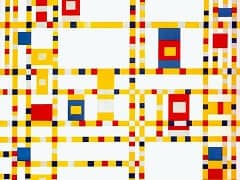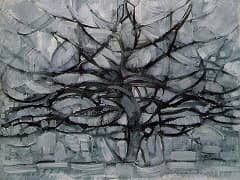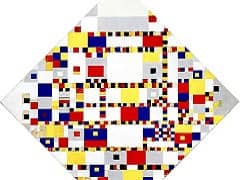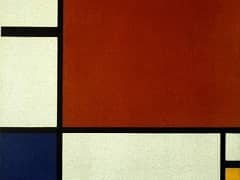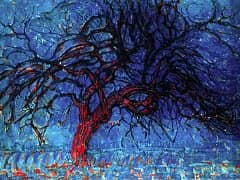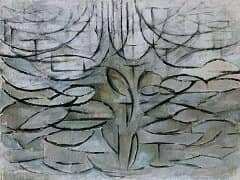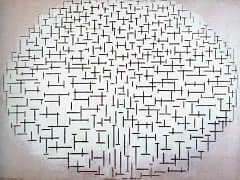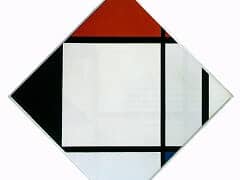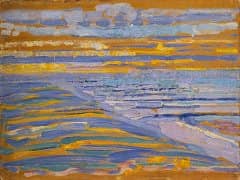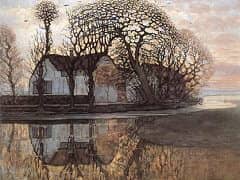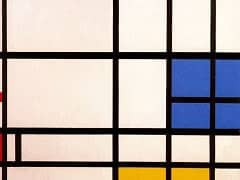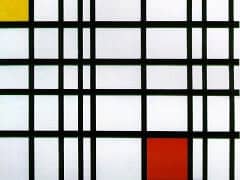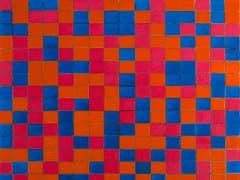Houses on the Gein, 1900 by Piet Mondrian
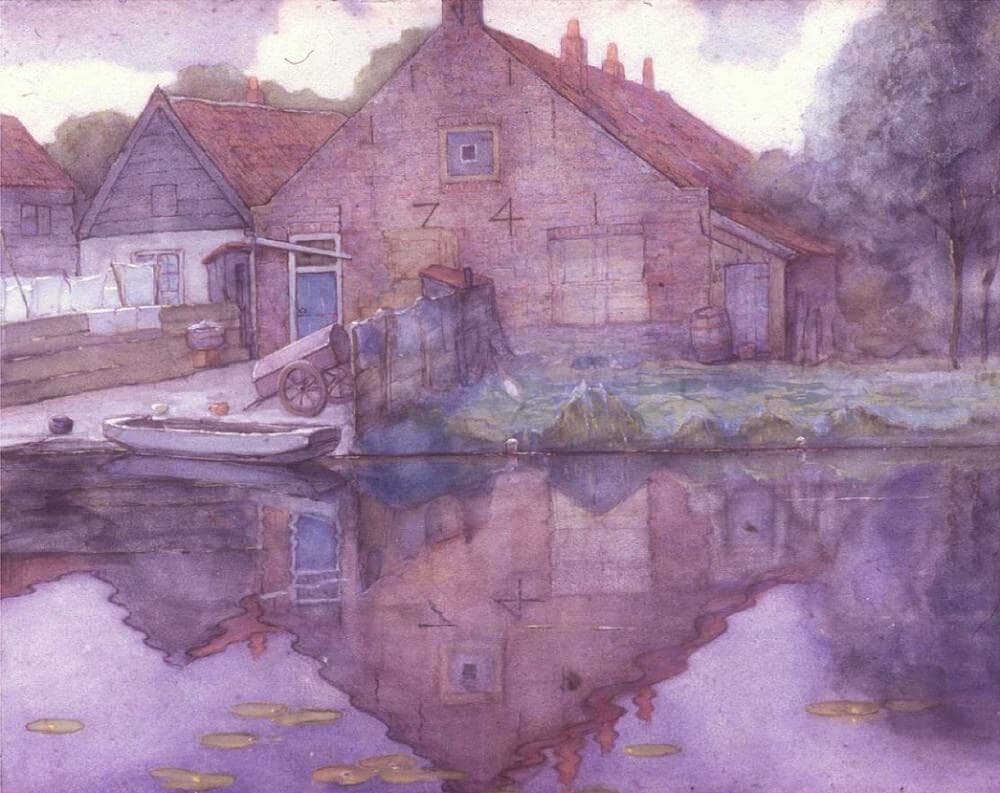
Houses on the Gein, 1900 is a good instance of Mondrian's manner and ideas around 1900, when he was twenty-eight and had just started painting landscapes in the surroundings of Amsterdam. His friendship with Simon Maris, who was then working along the Gein River and in the neighborhood of the town of Weesp, may have been a reason for choosing this particular location.
Typical of the early Mondrian is the loose brush stroke, giving the impression of a direct oil sketch of the subject in the open air. This picturesque touch is characteristic of most of Mondrian's work during these years, not only the studies but also the finished paintings; it is probably one of his earliest accomplishments as a painter. A free flexible stroke was to remain a distinctive feature of his work down to his last pictures; his brushwork, mark of the experienced painter, always gave Mondrian's canvases their special vividness.
Noteworthy and personal, precisely for the years around the turn of the century, is the use made of reflection. During those years Claude Monet was engaged in using reflections in the water to dissolve the form of things into a maze of colors and brush strokes; Mondrian, however, employs the reflection to amplify and consolidate the form, to give it structural support.
In this approach, in this conception of nature, young Mondrian shows his individuality and independence. To be sure, the theme of reflection is to be found everywhere in the Netherlands. But in those years there was no Dutch artist who used it, or at least certainly not in this way. In Mondrian's preference for the structure of the painting, apparent so early in his career before he had been in contact with similar trends abroad, we may see a foreshadowing of his ultimate goal, the harmony that, over and above the subject, is to constitute the content of the work.

